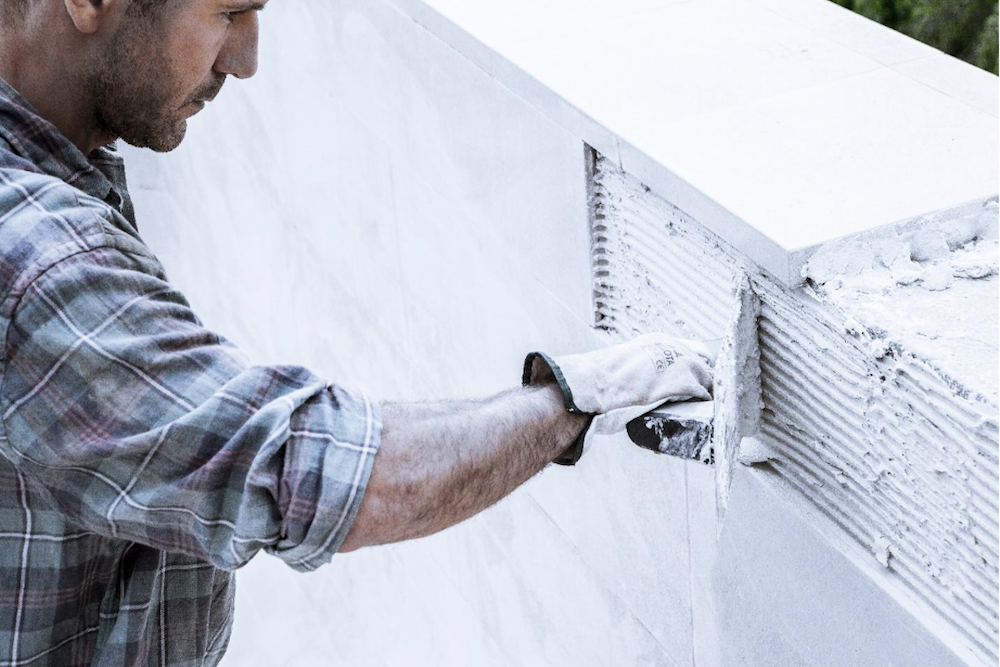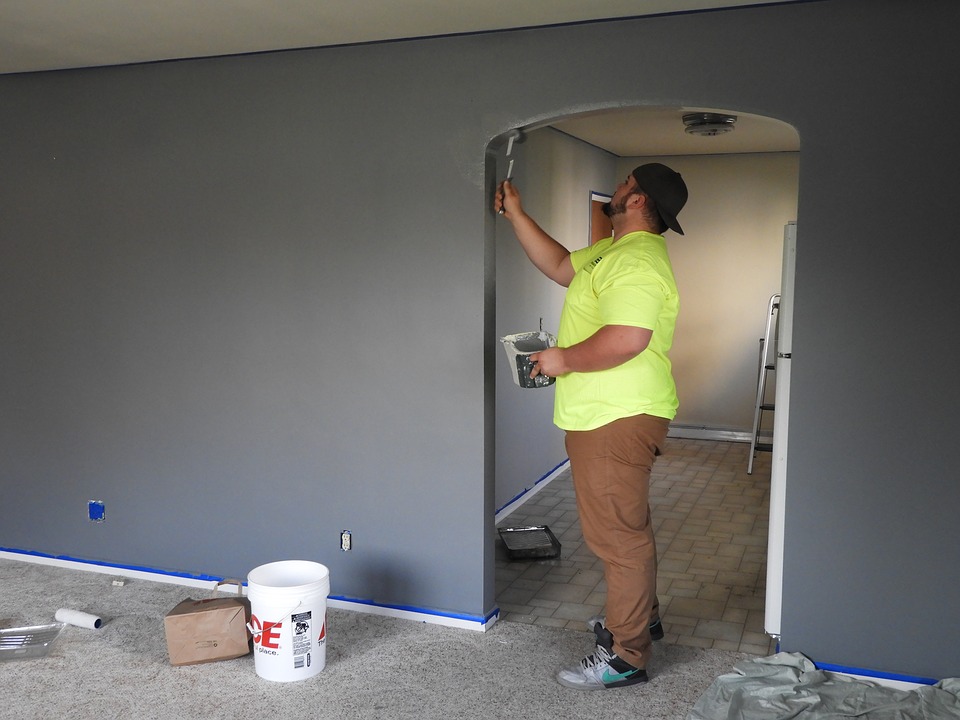There are several reasons that wet walls can appear in your home. Moisture in the walls is usually related to a leak or lack of moisture protection in the right places. Some instances might be minor, but others could lead to or be a sign of serious issues that need to be resolved. If you have wet walls in any room in your home, you should contact a plumber right away. They can help you diagnose the problem and get it resolved quickly to prevent further damage.
Too often, people see something like wet walls or mould and mildew, and they simply clean it up or dry out the walls. Perhaps they’ll replace the drywall or plaster, but never actually address the issue causing the moisture build-up. In these instances, it’s just going to keep coming back and that’s going to get expensive. It’s best to get to the root of the issue the first time.
Getting rid of wet walls will also ensure that your family has clean air to breathe. Mould and mildew are not good for the lungs and excess moisture can encourage the growth and spread of germs and bacteria through the house, causing more illness than you might have otherwise.
Try to Identify the Source of the Moisture
The first thing that you’ll want to do if you notice wet walls is to figure out where it’s coming from. In some instances, this might be a simple task. In others, you might not be able to figure it out without the assistance of a plumber. If you can’t locate the source, or notice that the cause is something that requires work you can’t do, call the professionals.
Once the source of the moisture is identified, it can be repaired. Then, the walls can be repaired or replaced as needed. Remember, though, a plumber will only handle the plumbing. Any drywall repairs or other work will need to be done by a contractor. The sooner you can deal with these issues, the better. If you notice wet walls, you need to act quickly to reduce damage potential and repair costs.



